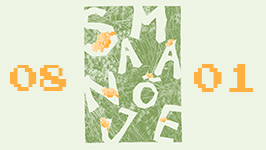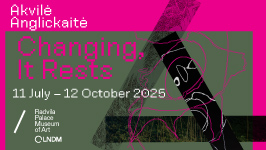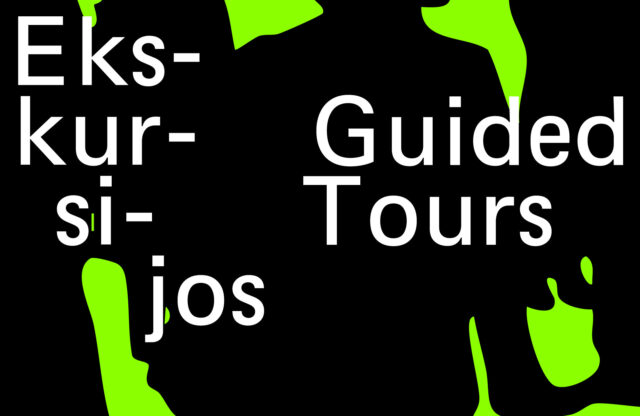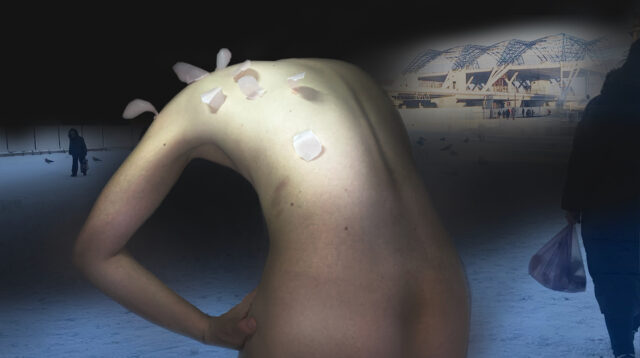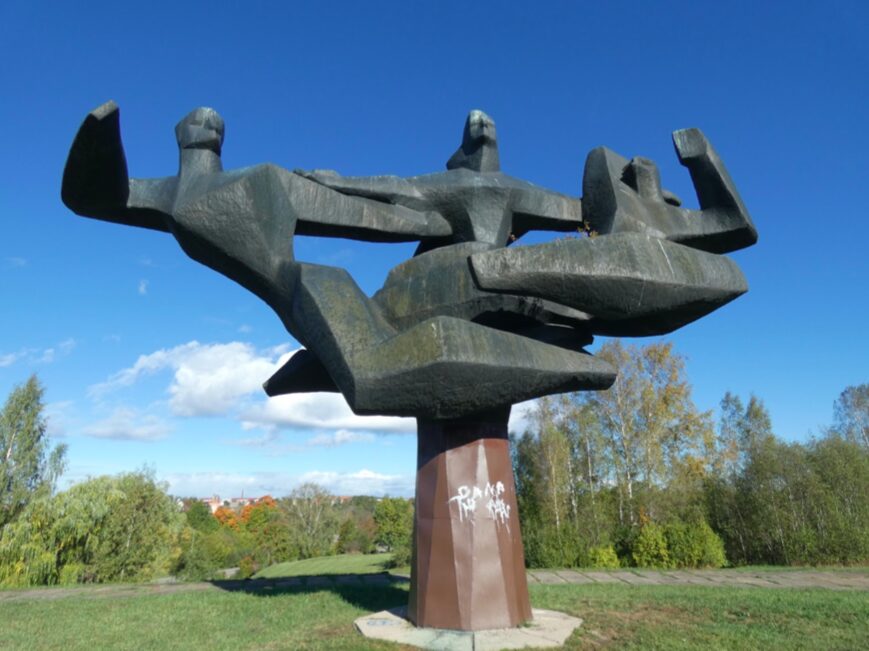“In the ENDLESS SHINE OF HUMAN VIOLENCE, everyone becomes king, and every pathetic worm blinds the rest with its radiant splendour.” – These are the words that greet you when you step into Alina Kleytman’s exhibition in Kogo Gallery. The exhibition starts with a so-to-call manifesto that carries great symbolism, as the artworks themselves constitute a kind of manifesto for violence.
The first thing you see are the crowns – they are everywhere. Up against the walls are four shining crowns made from the glass remnants of broken windows in Ukraine. Some look like Ukraine, taking the form of the Tryzub (trident) and make you feel with your own skin what that means: I am the freedom (я – воля). All the crowns are lit, making you pay attention to the shadow cast by the crown and understand that it is bigger than the crown itself as it forms a long, bold pillar and halo. It reminds you of the saints; it reminds you of greatness… As an object, the crown canonises the ruler and endows them with the power to grant unconditional forgiveness. You take a step back and see how far the shadow is cast, how far it reaches. The ruler is a tiny human sitting in one place, but their power reaches far; the deeds committed in the shadow of the crown reach even further.

View from the exhibition Endless Shine of Human Violence at Kogo Gallery, 2023. Photo by Marje Eelma

View from the exhibition Endless Shine of Human Violence at Kogo Gallery, 2023. Photo by Marje Eelma
Turning your gaze, you see the process of Growing the Crown. This installation hangs from the ceiling and elicits a feeling of disgust… and goosebumps. The crown grows with the help of corpses and based on corpses. The letters are made of plastic human body bags; hair hangs in bits and pieces, reminding you of a crime scene. But it’s the shadow that tells you what the crime is here – barbed wire as a part of captivity and torture. The Crown of Thorns.
Behind you, you see The Crown. It is made from the same body bags, but this time, the crown is without greatness; rather, it represents how foolish violence and the servants of violence can be. This crown is a reference to the opening manifesto: “I am the DIRTY WHITE! I am the victim and fool”; and indeed, the materials are the victims of violence while the shape is of the fool.

View from the exhibition Endless Shine of Human Violence at Kogo Gallery, 2023. Photo by Marje Eelma
All this is complemented by an unsettling half-whispered voice in the background that issues from The Four Revenges of Queen Olga. The video embodies and unfolds around the half-legendary events of Olga’s vengeance in Kyivan Rus’ time, described in the Tale of Bygone Years. It is noteworthy that the figure of Queen Olga and her deeds are perceived as significant in Ukrainian history and nowadays resonate with wartime folklore. Queen Olga started to appear in memes as a symbol of rage and mercilessness toward the enemy and re-emerged from that as Queen Olga 2.0. – a term now used by Ukrainians on Facebook to praise someone’s fighting back against the Russians. The video consists of three key elements: a woman’s body painted in the colours of Russia, narrations of fragments from the Bygone Years chronicle, and the voice of violence itself that every time interrupts the narration.
The choice of the female body in the video is a purposeful one, embodying fertility and the birth vessel. The entity in the video breastfeeds the violence, emphasising how people crave for violence, while the colours of the Russian flag are placed exactly on those parts where the marks of rape usually show.
The exhibition tells a compelling visual story of how violence breeds more violence while humanity drowns in its desire for violence for revenge, caused by the ecstasy of power and unfetteredness. It makes you think how one act of violence by those in power leads to another and another. But when the violence becomes personal – when it concerns you – it blindfolds you. History evaluates deeds from the point of view of the righteous, nationalising the evil events, evaluating what’s right and wrong and canonising deeds and figures for the sake of nation-building. However, the violence remains violence. In times of war, we just take a side on it.
“The CROWN will protect you from arguments and evidence forever, and YOU WILL NEVER FEEL ANY FUCKING DOUBT AGAIN”.
Alina Oprelianska, PhD, Junior Research Fellow at the Department of Estonian and Comparative Folklore at the University of Tartu.




